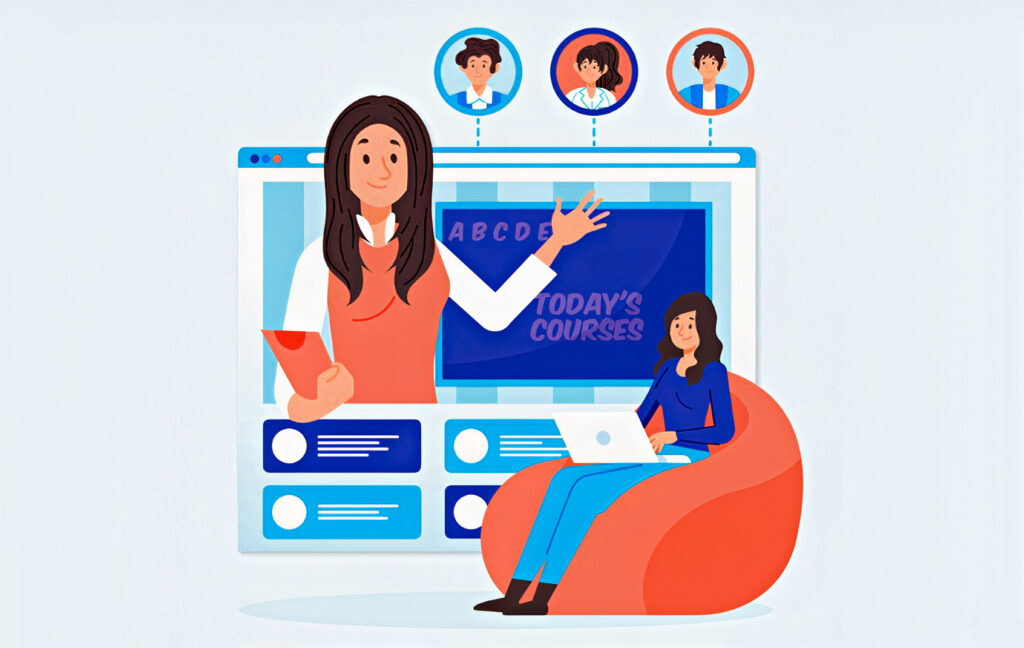In today’s digital age, the integration of technology into education has transformed the way we learn and teach, especially when it comes to languages. Spanish, one of the most widely spoken languages in the world, is a prime candidate for innovative teaching methods that leverage technology. Here’s a look at how technology is making Spanish language instruction more dynamic, engaging, and effective in college classrooms.
To begin with, online learning platforms like Blackboard, Canvas, and Moodle have become essential tools in modern education. These platforms allow Spanish instructors to organize course materials, assign homework, and facilitate discussions in one centralized location. They support both live (synchronous) and self-paced (asynchronous) learning, giving students the flexibility to engage with the material on their own schedule while still participating in live sessions.
Moreover, incorporating multimedia resources into Spanish lessons can significantly improve the learning experience. Videos, podcasts, and music in Spanish expose students to different accents, dialects, and cultural contexts. For instance, YouTube and Spotify offer a wealth of content that can be easily integrated into lessons. Watching Spanish news broadcasts can improve listening skills, while analyzing song lyrics can help students deepen their understanding of vocabulary and grammar. Hence, multimedia not only makes learning more engaging but also provides practical examples of language use in various real-world contexts.
In addition to multimedia, language learning apps like Duolingo, Babbel, and Memrise have revolutionized language practice by making it fun and interactive. These apps use gamification techniques to keep students motivated. They offer a variety of activities, from vocabulary drills to interactive dialogues, and provide instant feedback, which helps students reinforce their skills. By assigning specific app-based exercises as homework, instructors enable students to practice Spanish on the go, ensuring they can make consistent progress outside the classroom.
Furthermore, tools like Google Docs, Padlet, and Slack make it easy for students to collaborate on group projects. Whether it’s working together on presentations, research papers, or other assignments, these tools facilitate real-time collaboration and feedback, which are essential for developing writing and speaking skills.
In summary, the use of technology in teaching Spanish at the college level offers numerous benefits, from increased engagement and personalized learning to practical skill development. By embracing online learning platforms, multimedia resources, language learning apps, and online collaboration tools, educators can create a comprehensive and effective Spanish language curriculum. These technological advancements not only make learning more accessible and enjoyable for students but also prepare them for real-world communication and cultural understanding.



